Key points
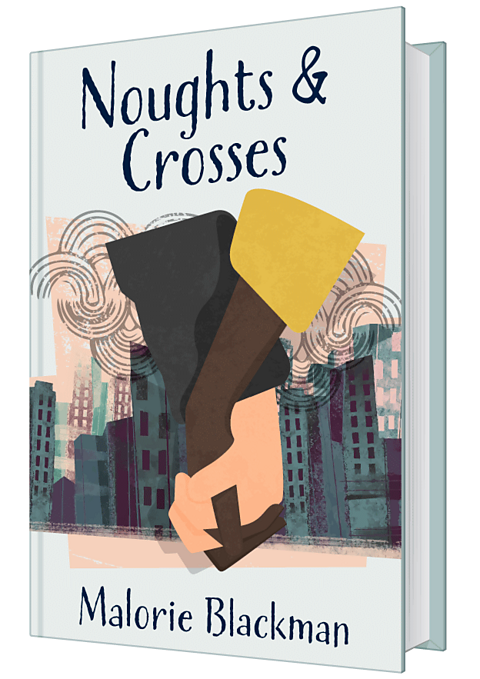
Noughts & Crosses by Malorie Blackman is a novel set in a dystopiaA dystopia is an imagined society where there is great suffering or injustice. Britain in which society is divided by racismTreating someone differently, unfairly and unkindly because of their skin colour or race..
Dark-skinned Crosses are privileged in society over the light-skinned noughts.
Against the odds, the main characters, Sephy and Callum, fall in love across the divide which leads them into danger.
Malorie Blackman was inspired by real events from history and her own life when she wrote this novel.

Thatтs just the way it is.Some things will never change.Thatтs just the way it is.But donтt you believe them.
How do you think these lyrics might link to the novel?
Noughts and Crosses begins with these song lyrics. Many of the characters in the novel either feel that nothing can change or donтt really want things to change. The main characters, Sephy and Callum, donтt accept this and try to change the world they live in for the better.
Video
Watch the video below to learn about the plot, characters and themes in Noughts & Crosses.
"You're a nought and I'm a Cross and there's nowhere for us to be, nowhere for us to go where we'd be left in peace."
This is a quotation from Noughts and Crosses by Malorie Blackman т a novel which uses fiction to address issues of racism andinequality. The story is set in an imagined society where dark-skinned people, called Crosses, are the ruling class. White people are called noughts and were once enslaved.
Sephy (a Cross) and Callum (a Nought) have known each other their whole lives. In their teens, they begin a secret romance, but relationships between noughts and Crosses are discouraged. Noughts and Crosses usually live separately and attend separate schools, but when Callum becomes one of the first noughts to attend a mixed school (the school Sephy goes to) their relationship is seriously tested.
Then, Callum's family life begins to fall apart т his sister, Lynette, dies. Soon afterwards, Callum discovers his Dad, Ryan,and his elder brother, Jude, are members of the Liberation Militia т a group using violent methods to fight for equal rights fornoughts. After Sephy goes away to boarding school, Callum finds himself facing so many pressures in his life that he also joins thegroup.
When, years later, a kidnapping plot brings Sephy and Callum back into each other's lives, they find they still love eachother. But will they be able to find a way to be together?
Sephy is smart and courageous т the daughter of a powerful politician. Her relationship with her family, however, is very strained.
Callum is intelligent, ambitious and is often angry at the inequality he and other noughts face. He is sometimes conflicted but, in the end, he finds the courage to stand up for what he believes in.
This book is part of a series by Malorie Blackman that reverses the racial experience, putting dark-skinned people as the rulingclasses over white people. But while the setting may be fictional, there are very strong links to recent and historical events in theUK and across the world.
Noughts and Crosses by Malorie Blackman is a a thought-provoking novel that examines institutional racism and its devastating impact. It's one of my absolute favourites, you need to read it!
Plot
The novel starts with Sephy, a Cross, and Callum, a nought, as young children playing together. Callumтs mother, Meggie McGregor, loses her job as a nanny because she fails to lie on behalf of her employer, Jasmine Hadley, who is Sephyтs mother.
The timeline then jumps to three years later when Callum and Sephy are teenagers. They have kept their friendship a secret because their society does not approve of noughts and Crosses being friends. They kiss on the beach. Callum is due to start at the same school as Sephy. Up until this point, schools for noughts and Crosses have been completely segregatedKept separate or treated differently according to race, religion or skin colour..
Callumтs first day at school begins with a riot as Cross parents try to stop the nought children from joining the school. The pupils and teachers at the school also react violently. Sephy is told off for trying to sit next to Callum in class and beaten up for being a "blanker-lover" т an offensive term for Crosses who are friendly towards noughts.
One night, Callum returns home to find his family fighting. Callumтs father, Ryan McGregor, explains how Callumтs sister Lynette and her Cross boyfriend were almost beaten to death because of their relationship three years ago. Lynette has never recovered and fantasises that she is a Cross. Later that night, Lynette takes her own life by walking in front of a bus. At Sephyтs house, Sephyтs mother overdoses on pills but survives.
Callum learns that an organisation called the Liberation Militia is planning to bomb a shopping centre. Realising that Sephy is at the shopping centre, Callum rushes to rescue her.
It is revealed that Jude, Callumтs older brother, planted the bomb. Ryan falsely confesses in order to save his son and is sentenced to death. After Ryan dies trying to escape prison, Jude persuades Callum to join the Liberation Militia. Sephy leaves to go to boarding school. She writes to Callum asking him to run away with her but he does not open the letter in time.
Years pass, Sephy returns home and is taken as a hostage by Callum and the Liberation Militia. Callum and Sephy realise they still love each other and Sephy escapes.
Months pass. Callum is lying low in case the police find out that he was involved in Sephyтs kidnapping. Sephy discovers she is pregnant with his child. Callum is caught and sentenced to death. The last thing he hears before his death is Sephy shouting she loves him.
The novel ends with the announcement of the birth of their daughter, Callie Rose.
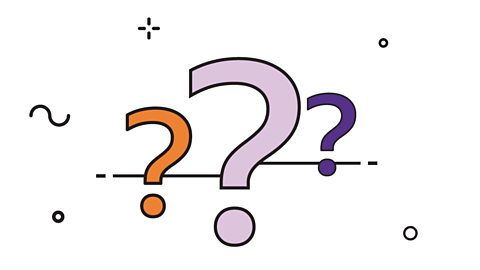
Did you know?
The ТщЖЙЙйЭјЪзвГШыПк TV adaptation of Noughts & Crosses is slightly different from the book. For example, the TV series has characters who donтt appear in the book, like journalist Kolawale, who is played by the musician Stormzy.

Activity
Characters
In the world of the novel, people with dark skin took power and enslaved people with white skin causing society to split into two groups. Those with white skin are called noughts and those with dark skin are called Crosses.
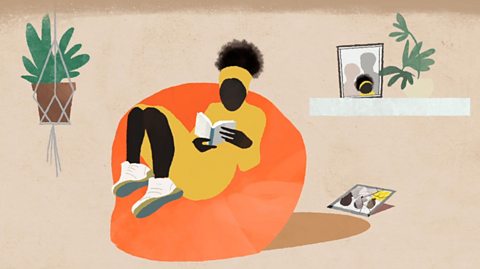
Crosses
Persephone Hadley
тSephyт is one of the two main characters in the novel. Sheltered by her wealthy, privileged Cross background, she only realises the injustice of the society she lives in through her friendship and love for Callum.
Kamal Hadley
Kamal is Sephyтs father. He is a wealthy, powerful politician who believes that noughts and Crosses should stay separated.
Jasmine Hadley
Jasmine is Sephyтs mother who is unhappily married to Kamal and is addicted to alcohol. She attempts to take her own life. She tries to help Ryan, Callumтs father, by secretly paying for a lawyer when he is arrested.
Minerva Hadley
'Minnie' is Sephyтs older sister. She and Sephy get on very well and she reveals Sephyтs pregnancy to their parents.

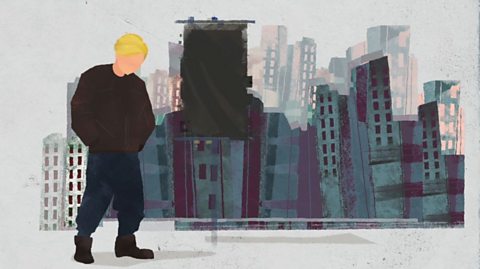
Noughts
Callum McGregor
Callum is the other main character and shares the story with Sephy. He loves Sephy but is frustrated by her ignorance of the terrible difficulties that noughts face.
He feels conflicted, and the loss of his sister and father pushes him to anger and violence. He is put to death for the crime of kidnapping and raping Sephy, even though she consented to having sex with him.
Ryan McGregor
Ryan is Callumтs father. He tries to protect his family and dies after attempting to escape prison for a crime committed by his other son, Jude.
Margaret McGregor
'Meggie' is Callumтs mother. She tries to keep her family together.
Jude McGregor
Jude is Callumтs brother. He is angry at the inequality he faces. He joins the Liberation Militia and uses violence to try to force society to change.
Lynette McGregor
Lynette is Callumтs sister. She becomes lost in a fantasy world after a violent attack and eventually takes her own life.


Did you know?
In the novel Crosses is always written with a capital тCт and noughts is always written with a lower case тnт. This is to show that Crosses are more important than noughts.

Activity
Themes
Themes are the main ideas that appear repeatedly in a novel. Some of the important themes in Noughts & Crosses are:
- Racism and discrimination
- Love and relationships
- Growing up
Racism and discrimination
The novel is set in an alternative reality where people with dark skin have Europe. In this alternative history, people with white skin were enslaved. Even though slavery no longer exists in the novel, society is segregatedKept separate or treated differently according to race, religion or skin colour. and white people are discriminationUnfair treatment of a person or a group of people because of their nationality, gender, religion or other reasons. against.
The novel shows how racism and discrimination destroys friendships, families and societies.
Sephy is unaware of her own racist beliefs because racism is so ingrained in the society she lives in. What examples illustrate this?
The ticket inspector on the train only checks Callum's ticket, not Sephy's, because Callum is a nought. Sephy is blind to how humiliated Callum feels about this.
When a nought student is hurt in the school riot, she is given a standard dark brown plaster that does not match her light skin colour.
Callum is one of the first nought pupils to be accepted at Sephy's school but he has to start in a lower year because he is a nought.
Love and relationships

Noughts & Crosses is a story about love.
The relationship between Callum and Sephy is doomed from the start because the racist society in which they live forces them apart.
However, by the end of the novel, Callum is prepared to die for love and Sephy is prepared to give up everything to keep their child.

Which other relationships are shown to be doomed in the novel?
Callumтs mother ends up losing her husband, her son and her daughter.
Lynette, Callumтs sister, loses touch with reality after she and her Cross boyfriend are attacked.
Growing up
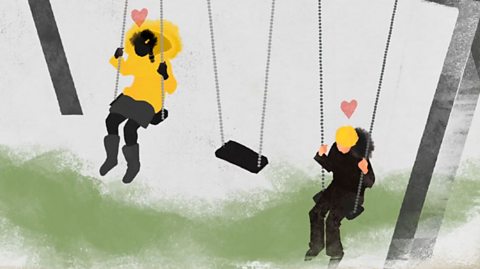
At the beginning of the novel Sephy is 13 years old and Callum is 15 years old. Throughout the novel, they must both grow up very quickly.
At first, Sephy doesnтt understand the inequality faced by noughts in society. For example, she is determined to sit with Callum in school and does not realise how dangerous her actions are for them both.
As the novel progresses, Sephy becomes more aware of racism in society and tries to change it with peaceful protest. She uses her voice to speak up about her love for Callum, whereas he is pushed towards violence.

Language
Writers choose words and phrases carefully when they write. Readers can look closely at texts to think about how and why the writer made these choices.
New vocabulary
In dystopiaA dystopia is an imagined society where there is great suffering or injustice. novels, a new vocabulary is often invented to create the idea of a different society or culture. In Noughts & Crosses, the characters use these words:
| Nought | Like the number zero, nought suggests that this group of people is worth nothing: "NoughtsтІ Even the word was negative. Nothing. Nil. Zero." |
| Cross | Cross is always spelled using a capital C, suggesting this group is more important that noughts, who always have a lower case тnт. |
| Blanker | This is an insulting term for a nought, suggesting they are тblankт - unimportant, and know nothing. |
| Dagger | This is an insulting term for a Cross, suggesting the violence and pain Crosses have inflicted on noughts. |
Through this vocabulary, Blackman shows how words have power, particularly the power to hurt.
Youтre all behaving like animalsтІWorse than animals - like blankers!
Sephy says this to the crowd during the riot on Callum's first day at her school. Why are Sephyтs words so hurtful to Callum?
Sephyтs words are hurtful to Callum because:
- She thoughtlessly used an insulting phrase to describe noughts.
- The word тblankersт suggests that noughts are unimportant and worthless.
- She suggested that noughts behave worse than animals, which makes them seem inhuman.
Structure
Structure refers to how written text is organised т the way the story is ordered and shaped.
Dual narrative
The novel is structured with an alternating dual narrativeWhen two different narrators tell the story from their separate points of view.. This means that one chapter is narrated in the first personA first-person narrative is when the story is told from the point of view of one person using the pronoun тIт. from Sephyтs point of view and the next is narrated in first person from Callumтs point of view. Only the prologue is in the third personA third person narrator is not a character in the story. They see the events from the outside and tell the story using third person pronouns, like 'him', 'her' and 'they'..
Sometimes, Sephy and Callum narrate the same event, but their recollections are completely different. For example, both Sephy and Callum describe their trip to Celebration Park. Sephy remembers it as a тlovely dayт but for Callum it is a тtrain journey from hellт.
Why does Malorie Blackman use a dual narrative structure?
A dual narrative structure allows the reader:
- To understand Sephy and Callumтs different points of view.
- To see the contrast in how a privileged Cross and a disadvantaged nought understand and experience the world.
- To see the similarities and differences in their lives.
- To realise that if they communicated better with each other there might be less misunderstanding.
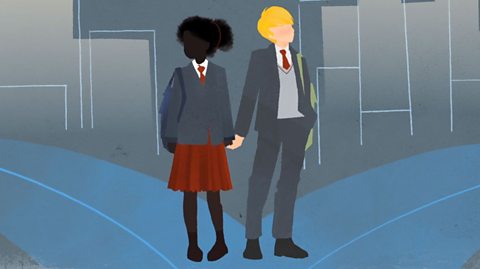
Mirroring
Blackman also uses mirroring, which is when events in the novel echo each other. For example, the same night that Lynette McGregor takes her life, Jasmine Hadley attempts to take her life too.
This shows how everyone can be affected by sadness, depression and family tragedy, regardless of whether they are a nought or a Cross.

Context
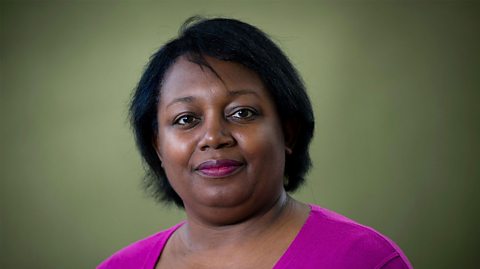
Blackman's inspiration
In the foreword, Blackman says that she wrote Noughts & Crosses to:
tackle the subject of racism head on.
She drew inspiration from her own experiences of racism as a Black British woman. For example, in interviews, she remembers history lessons in school that failed to mention Black historical figures. She also tells the story of the British train guard who closely inspected her first class ticket on a busy train, and no one elseтs.

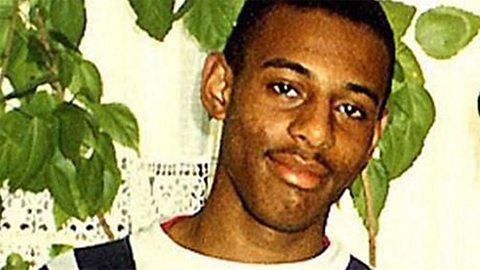
Blackman was also inspired by the "burning anger" she felt at the murder of the Black British teenager Stephen Lawrence in 1993, and the subsequent mishandling of the police investigation into his murder.
Stephen Lawrence was murdered by white racists while waiting for a bus in south London. After an investigation, it was found that the Metropolitan police force did not properly investigate the case due to their own racist attitudes and beliefs. This Newsround article explains the events in more detail.

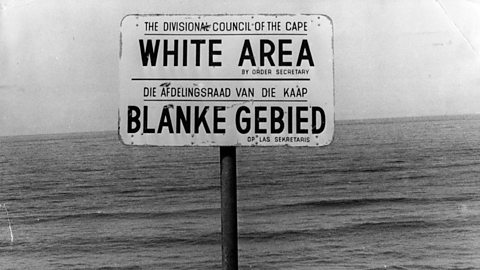
Historical parallels
Many of the events in the novel reflect real historical events.
In South Africa, apartheidA system in South Africa, from 1948 to 1994, under which people of different races were kept separate by law. White people were given more political rights, educational opportunities and other advantages. was a system for keeping white and Black people separated. It lasted from 1948 to the early 1990s. Under apartheid, white people were privileged above Black people in every aspect of society. Only white people were allowed to vote and Black people were forced to live in poorer areas. Black people and white people were not allowed to marry each other. Schools were segregated and signs were put up declaring many areas for "whites only".

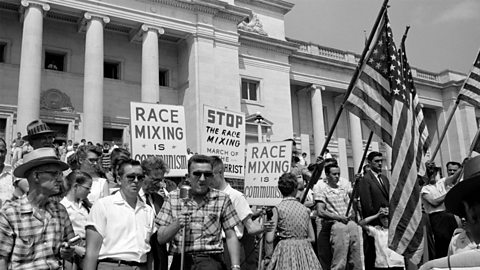
In America, Black and white people were also segregated. Following the American Civil War and the abolition of the slave trade, there were still many people who wanted to keep racist rules and systems. This was particularly the case in the southern states of the USA.
Jim Crow laws denied Black people rights by enforcing segregation and discrimination in southern states.
The Ku Klux Klan targeted Black, immigrant, Jewish and Catholic people in the 1920s.
In 1954, the Brown v Topeka case was a landmark in showing that the Supreme Court was willing to take action to end segregation in America.
This Bitesize article explains more about the fight for civil rights in America.

Test your knowledge
Play Bitesize secondary games. gamePlay Bitesize secondary games
Have fun playing science, maths, history, geography and language games.

More on Literature
Find out more by working through a topic
- count12 of 18
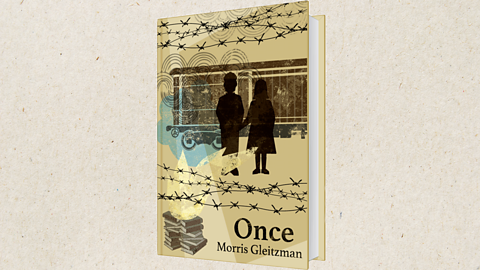
- count13 of 18

- count14 of 18
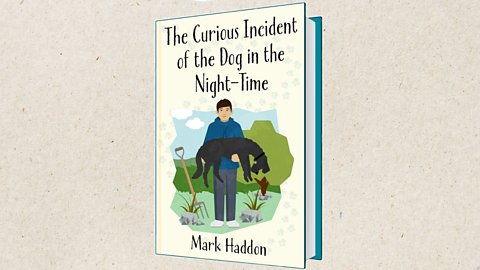
- count15 of 18
